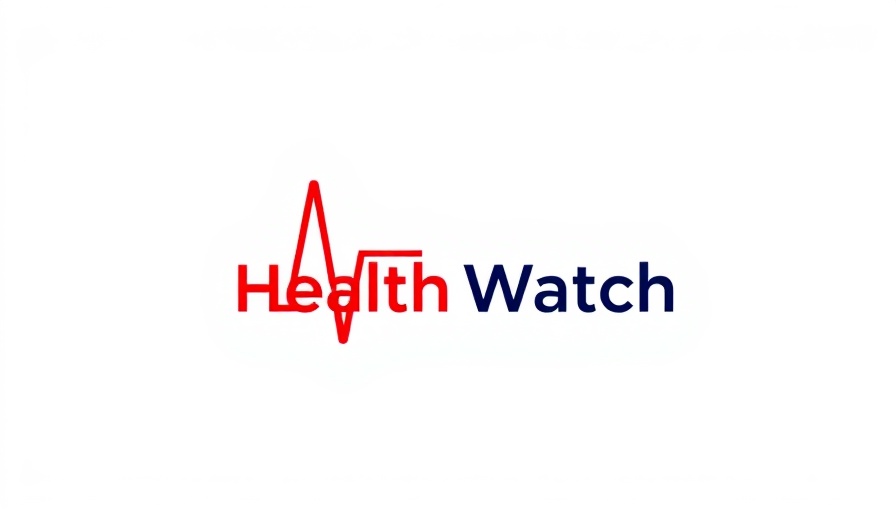
New CDC Data Reveals Alarming Rise in Autism Rates
Recent statistics from the Centers for Disease Control and Prevention (CDC) indicate that autism spectrum disorder (ASD) diagnoses are at their highest recorded levels. The data, which analyzed children born in 2018, shows that 1 in 36 children in the United States is now identified with autism, a marked increase when compared to previous years.
Understanding the Data Behind the Numbers
This rise in autism rates has been attributed to several factors, including greater awareness among parents and healthcare providers, improved diagnostic practices, and possibly an increase in actual cases. Experts emphasize that while the increased diagnosis rates may appear concerning, they also reflect a growing recognition of autism, which can result in better support and resources for families.
The Importance of Early Diagnosis and Intervention
Early diagnosis remains crucial for children with autism. Research suggests that the earlier a child receives a diagnosis, the better their chances of receiving effective therapies and interventions that can significantly improve developmental outcomes. As awareness grows, pushing for timely assessments can help capitalize on critical developmental windows in early childhood.
Exploring Diverse Perspectives on Autism
Despite the disheartening statistics, many parents and advocates have noted that increased visibility has led to more robust support systems within schools and communities. Support groups and educational programs are vital in improving the lives of children with autism. However, there is also concern that labeling too many children could lead to stigmatization.
Future Predictions and Trends in Autism Support
Looking ahead, there are predictions that the increasing awareness and dialogue surrounding autism could lead to advancements in treatments and support services. Parents are encouraged to advocate for inclusive programs in their neighborhoods and schools to ensure children receive the best available resources.
The Role of Education and Society
Education plays a fundamental role in understanding and supporting students with autism. Schools are tasked with creating inclusive environments that cater to diverse learning needs. This responsibility not only falls on educators but also on society as a whole to foster environments where differences are embraced rather than stigmatized.
Key Takeaways For Families
The escalating rates of autism emphasize the need for families to familiarize themselves with the signs and seek assessments if they have concerns about their child's development. Knowledge and proactivity can empower parents to navigate their child's needs effectively, ensuring they receive appropriate support.
In sum, while the surge in autism diagnoses is significant, its implications extend beyond mere numbers. Understanding the context behind these statistics allows for more informed advocacy and engagement in improving the lives of those affected by autism.
 Add Row
Add Row  Add
Add 




Write A Comment